The Dark History of How the Catholic Church Built Its Massive Wealth
Gold crosses, priceless art, sprawling cathedrals—there’s no denying the Catholic Church is rich. It built its massive wealth over centuries, and the story behind it is more layered than most people realize. Land ownership, political influence, donations, and strategic partnerships all played a role, but not always in ways you’d expect. This article breaks down the lesser-known paths that helped shape one of the world’s most powerful institutions.
The Day the Vatican Became a Country (And Got a Huge Payout)
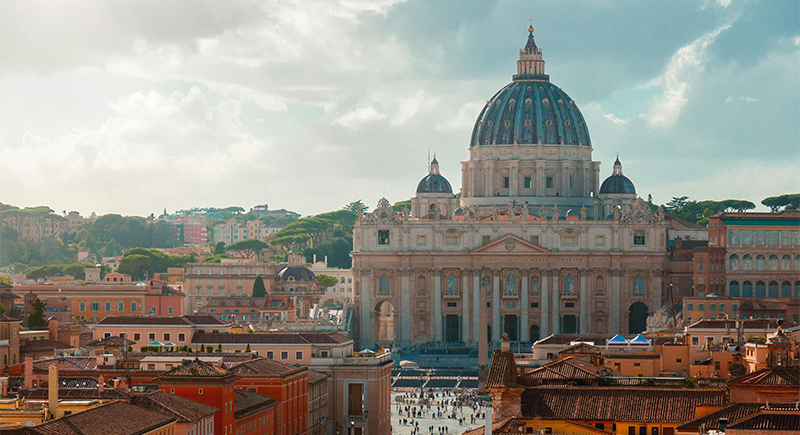
Credit: pexels
In 1929, the Vatican officially became its state thanks to the Lateran Treaty with Mussolini’s government. Along with independence came a massive payoff: around 1.75 billion lire in cash and bonds. This wasn’t a donation but compensation for land the Church had lost when Italy was unified. That money jump-started a modern financial empire.
The Banker With No Moral Strings Attached
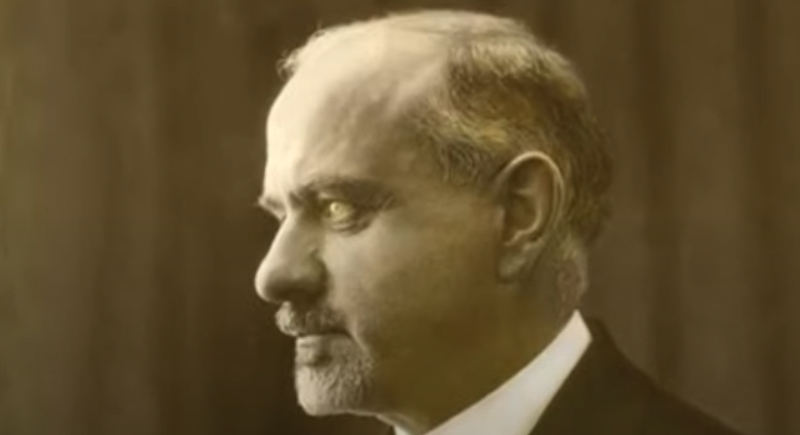
Credit: Youtube
Bernardino Nogara was the man Pope Pius XI chose to manage the Vatican’s new fortune. He agreed—on one condition: no restrictions based on Catholic doctrine. That meant he could invest in anything, from weapons to wartime industries, without religious interference. And he did. His policies made the Vatican’s portfolio resemble a Wall Street powerhouse.
The Church’s Secret Wartime Banking
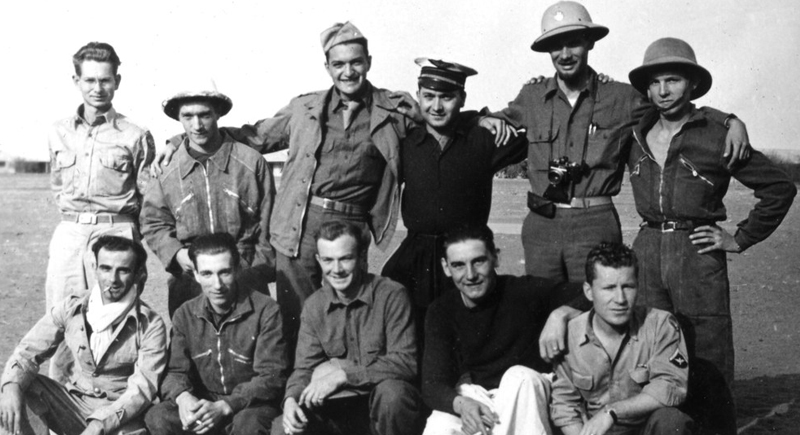
Credit: flickr
During World War II, the Vatican managed to do what almost no one else could: move money across both Allied and Axis lines. Swiss banks, coded messages, and diplomatic immunity gave Church operatives an advantage. Vatican finances were surviving and quietly thriving in the war, with investments spread across Europe and the United States.
Welcome to the Vatican Bank—No Questions, Please
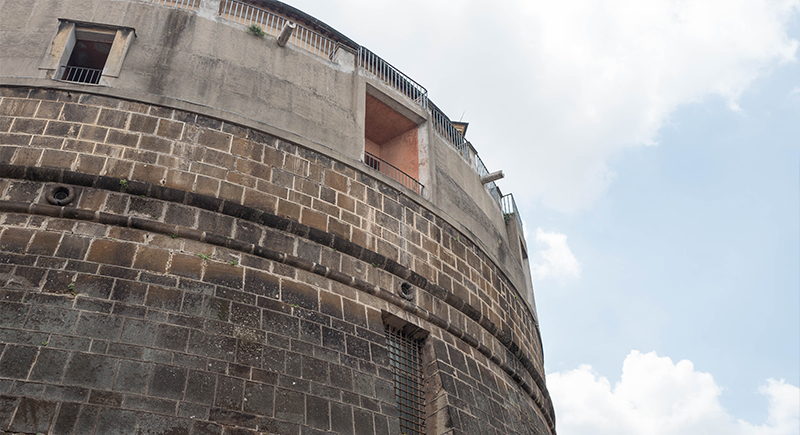
Credit: Wikimedia Commons
In 1942, the Vatican created its private bank, the IOR (Istituto per le Opere di Religione). It didn’t pay taxes. It didn’t publish financial statements. Until the 2000s, there was no external oversight. For decades, it acted more like a private hedge fund than a religious institution, with assets in real estate, shares, and offshore accounts.
The Gold That Took the Scenic Route
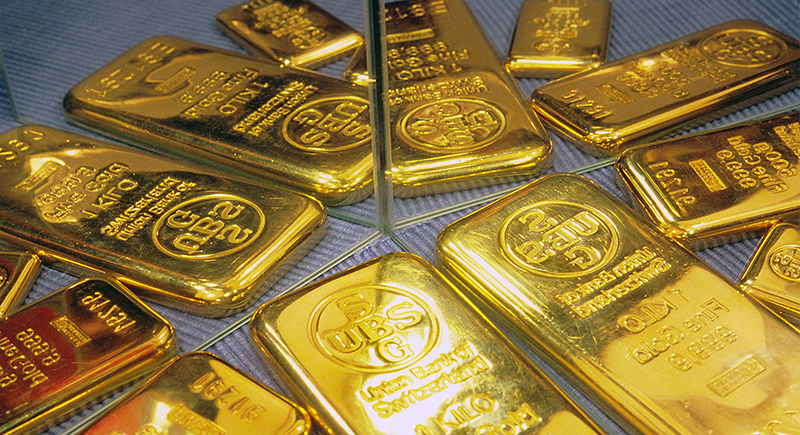
Credit: Wikimedia Commons
Vatican couriers during WWII often transported gold, cash, and securities in suitcases across borders. Thanks to diplomatic status, their bags were rarely searched. Some historians believe Church channels were used to hide Axis-linked wealth and even Jewish assets stolen by fascist regimes—though full accountability remains murky to this day.
Investing in Blacklisted Banks

Credit: flickr
Nogara and the Vatican had investments in institutions like Banca Commerciale Italiana and Sudameris, both blocked by the Allies for aiding Nazi operations. Despite international concern, no official investigations reached the Vatican. The Church’s neutrality gave it a layer of protection most corporations could only dream of during wartime.
Indulgences: Forgiveness at a Price
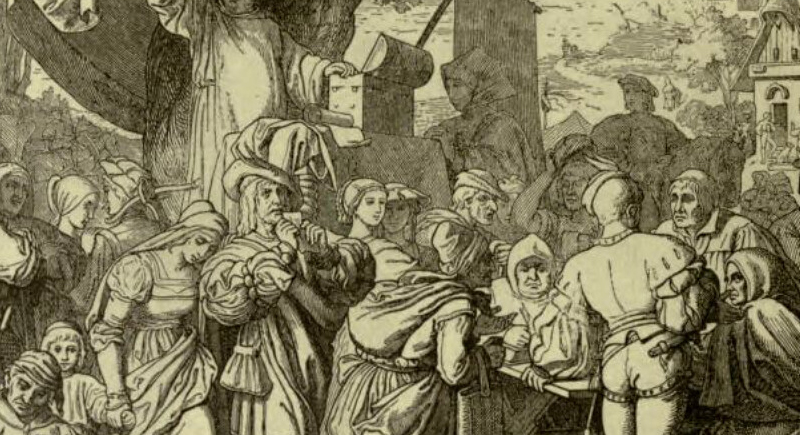
Credit: flickr
At that time, indulgences were a thing. Payments were made to reduce punishment for sins. These were marketed as spiritual get-out-of-jail cards, especially in the 15th and 16th centuries. It became so lucrative and controversial that it helped spark Martin Luther’s 95 Theses and the Protestant Reformation.
Simony and the Price of a Promotion
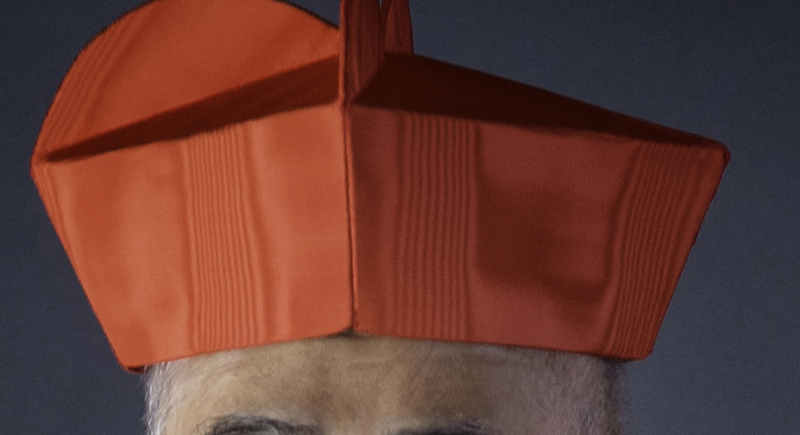
Credit: Wikimedia Commons
Simony, or the selling of Church positions, was widespread in medieval Europe. Wealthy families could pay their way into bishoprics or cardinal hats. Not only did it generate income, but it also built political influence. Over time, this helped consolidate the Church’s grip on European power structures.
Tithes That Weren’t Optional
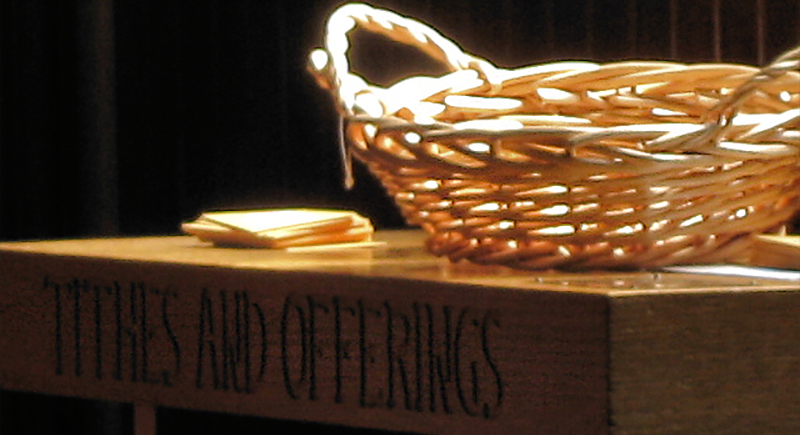
Credit: flickr
The Church’s wealth often came from mandatory tithes. In many countries, parishioners were legally required to give a tenth of their income. These funds helped build cathedrals and support clergy but also funded lavish papal courts, massive art commissions, and even military campaigns.
Real Estate—Lots of It

Credit: Wikimedia Commons
By the 18th century, the Catholic Church was one of the largest landowners in Europe. Some of this land was donated out of devotion, and other times, it was inherited through legal arrangements or political pressure. The Church’s real estate empire included farms, castles, vineyards, and entire towns. That portfolio still holds strong today.
Church and Colonies: A Profitable Partnership
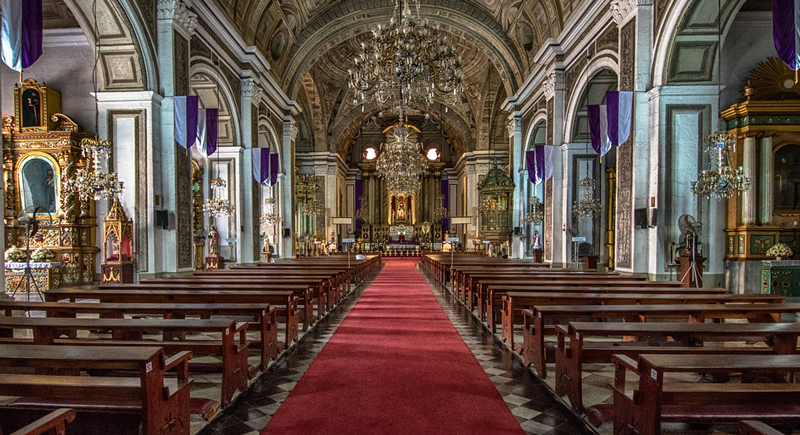
Credit: flickr
During European colonization, missionaries often traveled with explorers—and the Church frequently acquired land in newly conquered regions. Sometimes, it was granted by colonial governments. Other times, it was taken outright. While missions did bring schools and hospitals, they also expanded the Church’s wealth and land holdings in Africa, Asia, and the Americas.
Confessions, Weddings, and the Price of Sacraments

Credit: pexels
Church services like baptisms, weddings, and funerals weren’t always free. For centuries, fees were charged for nearly every sacrament. While often framed as donations, these payments were expected. For low-income families, it was a financial burden. For the Church, it was a reliable income stream tucked inside everyday spiritual life.
Art Patronage With Political Payoffs
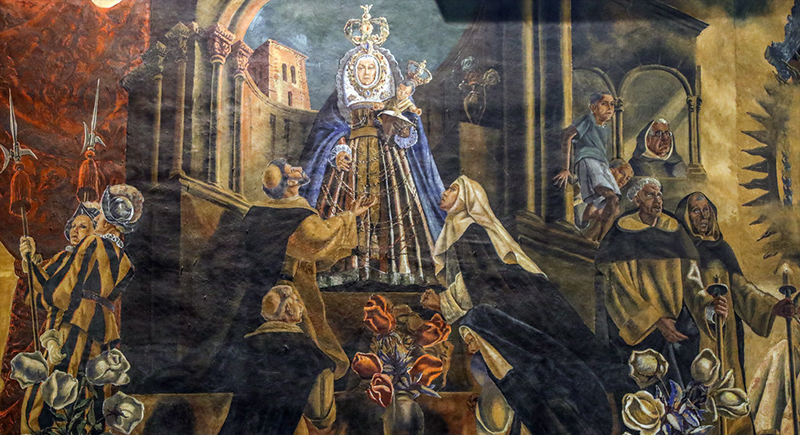
Credit: flickr
The Church sponsored legendary works of art—from Michelangelo’s David to the Sistine Chapel. But these weren’t purely acts of devotion. They solidified the Church’s cultural dominance and attracted wealthy donors. By investing in grand visuals, the Church reinforced its authority while simultaneously increasing the value of its physical and symbolic assets.
The Vatican’s Secret Investments in Modern Corporations

Credit: pexels
Even in recent decades, the Vatican has quietly invested in everything from oil companies to luxury real estate. While some portfolios are clean and charitable, others have raised eyebrows. Leaks like the “VatiLeaks” issue revealed questionable fund management and sparked calls for reform that are still in progress today.
Wealthiest Religious Institution
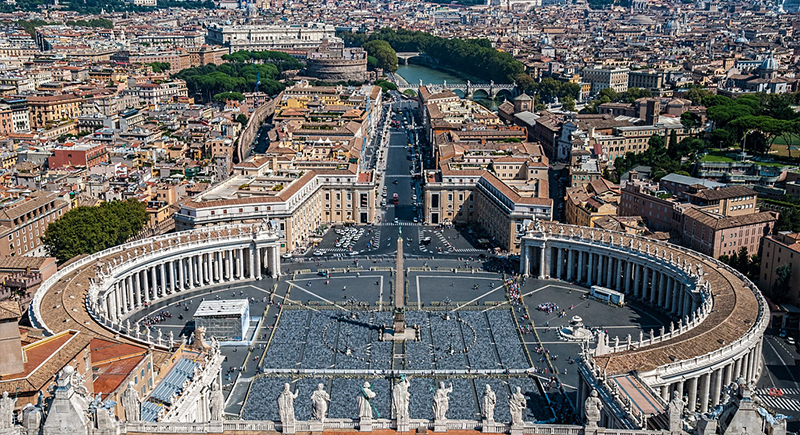
Credit: flickr
Today, the Church remains one of the wealthiest religious institutions on Earth. While recent popes have pushed for financial transparency and accountability, its fortune is still rooted in centuries of secrecy, strategy, and sometimes controversial choices. The entire history is complicated—but one thing’s clear: wealth, like faith, takes many forms.